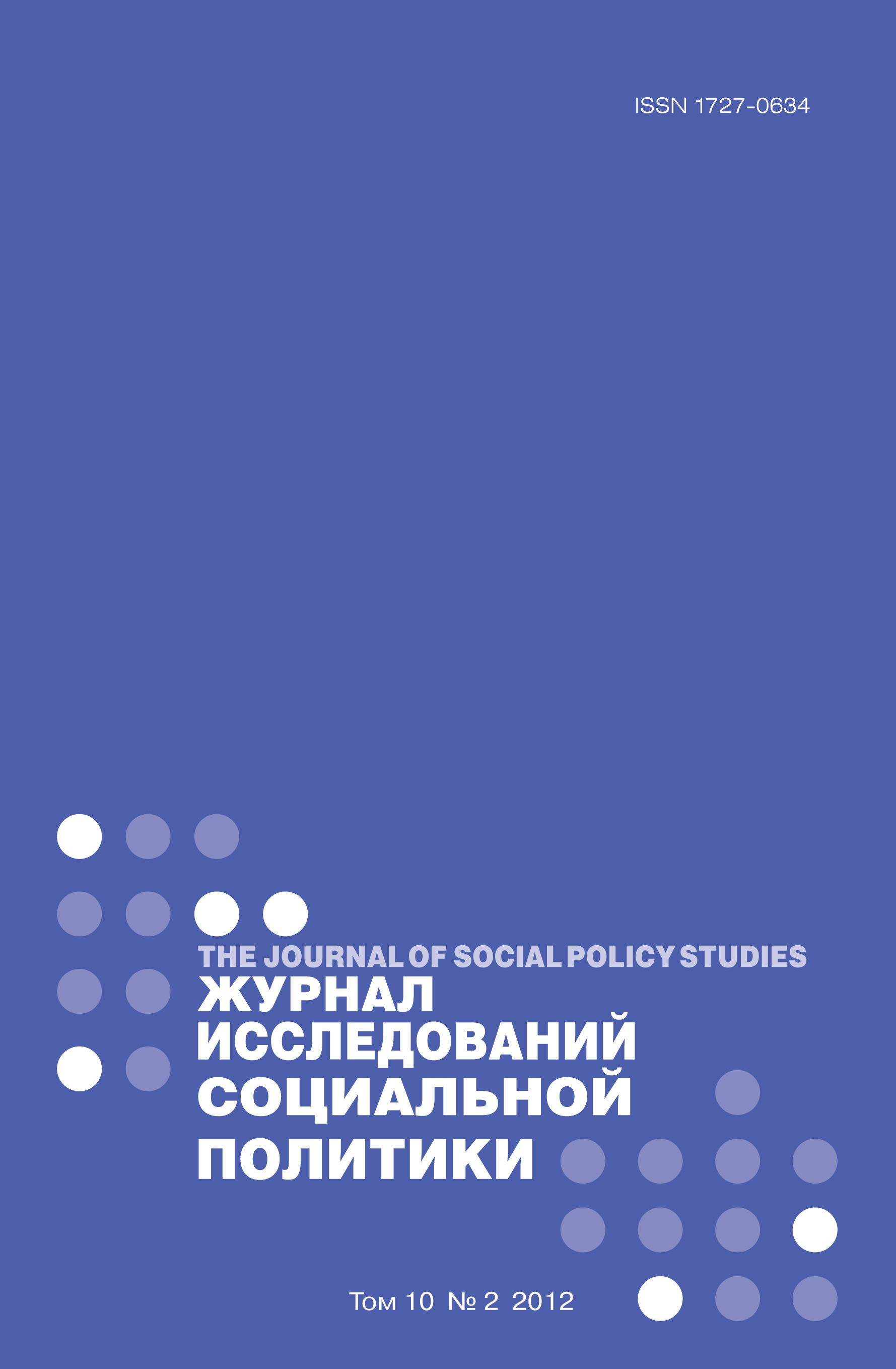The poor and disabled in early eighteenth-century Russian towns
Abstract
The extent of poverty and disability in early modern Europe represents a complex problem for historians. This is not least in Russia under Peter I, where sources are frequently contradictory in terms of numbers of the poor and disabled, and poverty was a concept open to some interpretation. This paper assesses the frequency and character of urban poverty in Petrine Russia on the basis of twelve population inventories carried out in ten central Russian cities between 1710 and 1720. Although there is substantial variation among censuses, the sources isolate as poor or tax-exempt about 10 percent of Russian city populations. Legislation from the era indicates that the Russian government attempted to depress the levels of poverty. Distinctions between the ‘deserving’ and ‘undeserving’ poor were in evidence, where only those whose poverty was beyond reasonable doubt were counted amongst the poor in official population inventories. This perhaps explains the relatively low percentage of the poor recorded in the town censuses.
The disabled do not occupy a prominent place among the poor; for the most part, they resided in regular, tax-paying households, where any inability to earn an income was absorbed by kinship networks. Many may have been able to conceal less obvious disability such as deafness, for example – which is not well represented in counts of the disabled – and continue to work. However, two social indicators which were shown to be highly associated with poverty were age and gender. The mean age of poor heads-of-households was about 50, and the aged predominated in urban poorhouses. Women appeared among the poor in numbers significantly greater than their percentage of the population; widows comprised an especially sizable proportion of all poor householders, largely due to patriarchal social structures which made it more difficult for women to head a household and maintain an income. Less visible in the sources are orphans; although some households clearly sheltered orphans ostensibly as an act of charity, they were also perhaps a source of labour and income to households that took them in.















